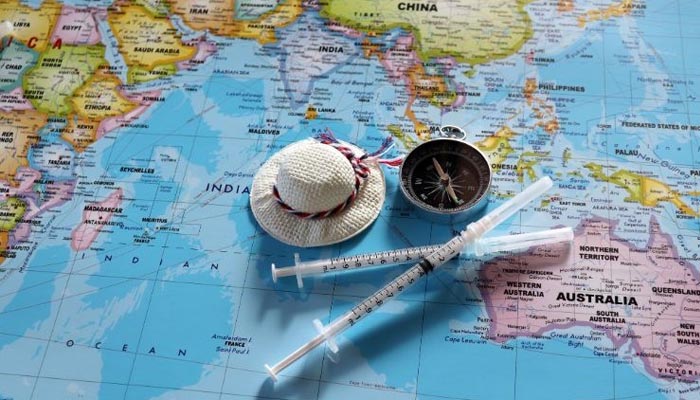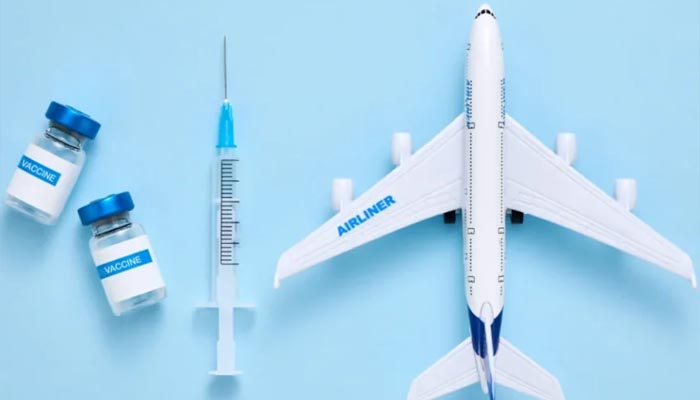
Traveling around the world is a dream for many of us. The idea of exploring bustling cities, remote villages, tropical beaches, and historic landmarks is irresistible. But before packing your bags, there’s an essential question you can’t overlook: “How many vaccines do I need to stay safe?” The answer isn’t one-size-fits-all—it depends on your itinerary, length of travel, health status, and past vaccinations. This guide will walk you through the key vaccines, timing, and tips to prepare for a global adventure.
Understanding Travel Vaccines
Vaccines protect against infectious diseases that may not be common in your home country. While routine childhood vaccines (like measles, mumps, rubella, and polio) are essential everywhere, traveling introduces you to diseases you might never encounter otherwise. The Centers for Disease Control and Prevention (CDC) and World Health Organization (WHO) recommend specific vaccines based on your destinations.
Travel vaccines generally fall into three categories:
Routine Vaccines: These are vaccines most people receive during childhood or adulthood, such as tetanus, diphtheria, measles, and polio. Even if you’re fully vaccinated at home, make sure your boosters are up to date.
Recommended Travel Vaccines: Based on your destination, certain vaccines may be advised—for example, hepatitis A for tropical regions, typhoid for South Asia, or yellow fever for parts of Africa and South America.
Required Vaccines: Some countries require proof of specific vaccines for entry, such as yellow fever in certain African or South American countries.
Common Vaccines for World Travelers

Here’s a detailed breakdown of the vaccines you should consider before traveling globally.
1. Routine Vaccines
Even if you received these as a child, you may need boosters:
MMR (Measles, Mumps, Rubella): Adults born after 1957 should have two doses. Measles outbreaks can occur worldwide, and travelers are at risk.
Td or Tdap (Tetanus, Diphtheria, Pertussis): Boosters every 10 years are recommended. Tetanus risk increases with cuts, wounds, or outdoor activities.
Polio: Adults who received childhood polio vaccines may need a booster if traveling to areas where polio still exists, such as parts of Africa or Asia.
2. Hepatitis A
Who should get it: Travelers to Central and South America, Africa, parts of Asia, and the Middle East.
Doses: Two doses, six months apart; the first dose provides partial protection.
Why it matters: Hepatitis A spreads through contaminated food and water. Many travelers underestimate the risk from street food or local produce.
3. Hepatitis B
Who should get it: Anyone traveling to regions with high hepatitis B prevalence, especially Africa, Asia, and the Pacific Islands.
Doses: Three doses over six months (0, 1, 6 months schedule). Accelerated schedules are available if you need protection sooner.
Why it matters: Hepatitis B spreads through blood and body fluids, including medical procedures and sexual contact.
4. Typhoid Vaccine
Who should get it: Travelers to South Asia, Southeast Asia, and parts of Africa.
Doses: Injectable vaccine (one dose, booster every 2 years) or oral capsule series (4 doses over a week, booster every 5 years).
Why it matters: Typhoid spreads through contaminated food and water and can be severe if untreated.
5. Yellow Fever
Who should get it: Travelers to certain areas in Africa and South America.
Doses: A single shot provides lifelong protection. Some countries require proof of vaccination for entry.
Important note: The Yellow fever vaccine is live; it may not be suitable for immunocompromised travelers.
6. Japanese Encephalitis
Who should get it: Travelers spending extended time in rural Asia, especially in rice fields or farms.
Doses: Two-dose series, 28 days apart; booster may be required for long-term travelers.
Why it matters: Spread by mosquitoes, it can cause severe neurological complications, though the disease is rare.
7. Rabies
Who should get it: Long-term travelers, adventure travelers, or those likely to encounter animals in Asia, Africa, and Latin America.
Doses: Pre-exposure series: 2–3 shots over several weeks.
Why it matters: Rabies is almost always fatal once symptoms appear. Pre-exposure vaccination simplifies treatment if bitten or scratched.
8. Malaria Prevention
Note: Malaria is not preventable with vaccines (except the newly approved RTS,S vaccine for children), but prophylactic medications are recommended for travel to sub-Saharan Africa, parts of Asia, and South America. Consult your doctor for prescription options and timing.
Timing Your Vaccinations

Planning is key. Most travel vaccines should be administered 4–6 weeks before departure to allow your body to build immunity. Some vaccines, like hepatitis B or rabies, may require a longer schedule.
Tips:
Consult a travel clinic early: A doctor or travel health specialist can tailor recommendations based on your itinerary.
Keep a vaccination record: Some countries require proof, particularly for yellow fever.
Review boosters: Check tetanus, polio, and MMR status.
Extra Tips for Safe Travel
Stay updated: Disease outbreaks can happen anywhere; check CDC and WHO travel alerts.
Consider your health history: Pregnant women, older adults, and immunocompromised travelers may need special guidance.
Practice hygiene: Vaccines help, but handwashing, safe food choices, and mosquito protection remain crucial.
Insurance check: Some travel insurance policies require vaccination documentation.
The Big Picture

The number of vaccines needed for world travel varies, but most long-term global travelers will consider 10–12 vaccines, including routine boosters, hepatitis A & B, typhoid, yellow fever, Japanese encephalitis, and rabies. Combined with malaria prophylaxis and other destination-specific recommendations, staying healthy is achievable with proper planning.
Travel is one of life’s most enriching experiences, but skipping vaccinations can turn a dream adventure into a health nightmare. Start planning your vaccinations early, consult travel health professionals, and keep thorough records. With the right preparation, your journey around the world can be exciting, memorable, and safe.
